- The carbon footprint for charging an EV depends on the sources of power in the community.
- Compared to tailpipe emissions from gas-powered cars, power plant emissions from EV charging are significantly less.
- On average, each gas-powered car generates 220% more carbon dioxide annually than an EV.
As more drivers turn to electric vehicles, the myths surrounding charging, carbon footprints, and grid collapse continue to grow. Despite the myths, independent studies continue to show that EV charging creates a smaller carbon footprint than the emissions from gas-powered cars.
Electrical Grids and Renewable Energy

An EV charging footprint depends on the location of the EV charger. While more communities are turning to renewable energy like wind or solar to power the electrical grid, some communities still rely on fossil fuels for electricity. Regardless of the source of electricity, electric vehicles create less carbon pollution than gas-powered vehicles.
Renewable energy comes from wind and solar along with hydroelectric, biomass, and geothermal sources.
ADVERTISEMENT
Greenhouse gas emissions from electrical power plants will continue to drop as more communities use renewable energy. According to the U.S. Energy Information Administration, in 2020, renewable energy sources generated about 21% of all electricity in the United States. The increase in 2020 was due to power plants using less coal, as wind and solar resources increased. In 2020, renewables produced more energy than nuclear and coal for the first time in history.
You can quickly check how the power is created in your area at the EPA’s Power Profiler interactive website. The site compares your local area’s power resources compared to the national average. You can also visit the EPA’s Beyond Tailpipe Emissions Calculator to check your vehicle’s upstream and tailpipe emissions based on the electricity generation in your area.
Charging When and How Affects Emissions
When and how EV owners charge their vehicle batteries makes a difference. If EV drivers don’t need to fill to 100%, they can reduce their carbon emissions. They can also help the environment by charging when electricity demand is low. Charging to 85% can lead to nearly 13% lower carbon emissions rather than filling to 100%.
It’s best to charge when electrical demand is lowest. For example, charging in the middle of the day on a hot and humid day can put added strain on a fossil-fuel-run grid that is busy running air conditioning. If your community uses a majority of fossil fuels, it’s best to charge at night, when electrical demand is significantly lower.
ADVERTISEMENT
However, if your community uses solar or wind to power the grid, you are better off charging during the day as solar and wind make more power when the sun is shining. For the smallest carbon footprint, charge when your area’s electricity comes from renewable resources rather than fossil fuels.
Historically Lower Greenhouse Gas Statistics
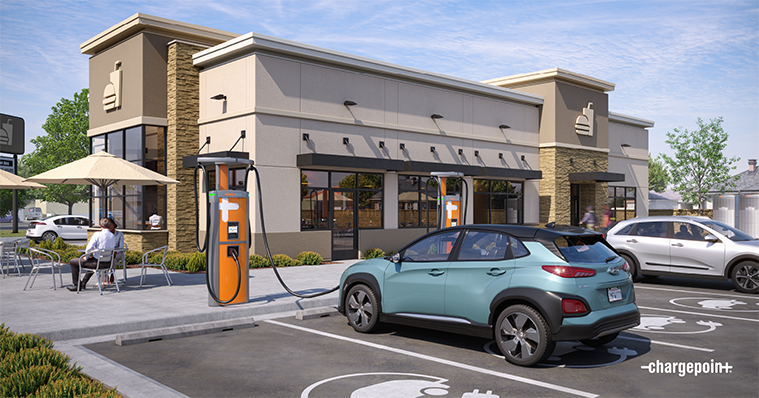
Back in 2018, Forbes ran a report about electrical vehicles and greenhouse gas. Data showed that electric vehicles, on average, had the same greenhouse gas emissions as gas-powered cars getting 80 MPG (good luck finding one of those). In 2017, the number was 73 MPG, and the average gas-powered car delivers an EPA-estimated fuel rating of 24.7 MPG. In areas of the country with more renewable energy resources, the comparable MPG rating for EVs and gas-powered cars was:
- 102 MPG in New England
- 107 MPG in California
- 191 MPG in New York State
As of 2020, the combined fuel-rating average for all gas-powered vehicles was 25.4 MPG. The average gas-powered car emits about one pound of carbon dioxide per mile, but electric vehicles do not release any tailpipe emissions.
In 2016, tailpipes emitted more carbon dioxide than power plants, and electricity emissions continue to decline – even as more EVs hit the streets. As more power plants rely on renewables, the emissions from power plants and smokestacks will decline even more.
Carbon Dioxide by the Numbers
Numbers don’t lie. While methods of electricity generation vary by community, the averages speak volumes. According to the U.S. Department of Energy’s Alternative Fuels Data Center, annually charging an EV creates significantly less carbon dioxide than all other vehicles. Here are the averages:
- An EV creates 2,817 pounds of CO2
- A PHEV creates 4,824 pounds of CO2
- A hybrid creates 6,898 pounds of CO2
- A gas-powered car creates 12,594 pounds of CO2
When accounting for renewable energy, the CO2 emissions in EVs drop. For example, in Washington, where a minimal amount of energy comes from coal, the annual carbon emissions from an EV is only 705 pounds of CO2, while in West Virginia where coal is still king, charging an EV creates 6,228 pounds of CO2 annually.
Tips to Reducing Your EV’s Charging Carbon Footprint

If you drive an EV and you want to reduce your carbon footprint, here are a few tips:
- Use a public charger or a home charger that uses renewable energy.
- Do not charge to 100% unless it’s absolutely necessary.
- Use an energy-efficient Level 2 charger (rather than a Level 1 charger) for speedier charging and less energy use.
- Install solar panels to power your home EV charger.
- Charge during off-peak times when electricity isn’t in demand.
ADVERTISEMENT

FEATURE IMAGE: STELLANTIS
FTC: We use income-earning auto affiliate links. Learn more.


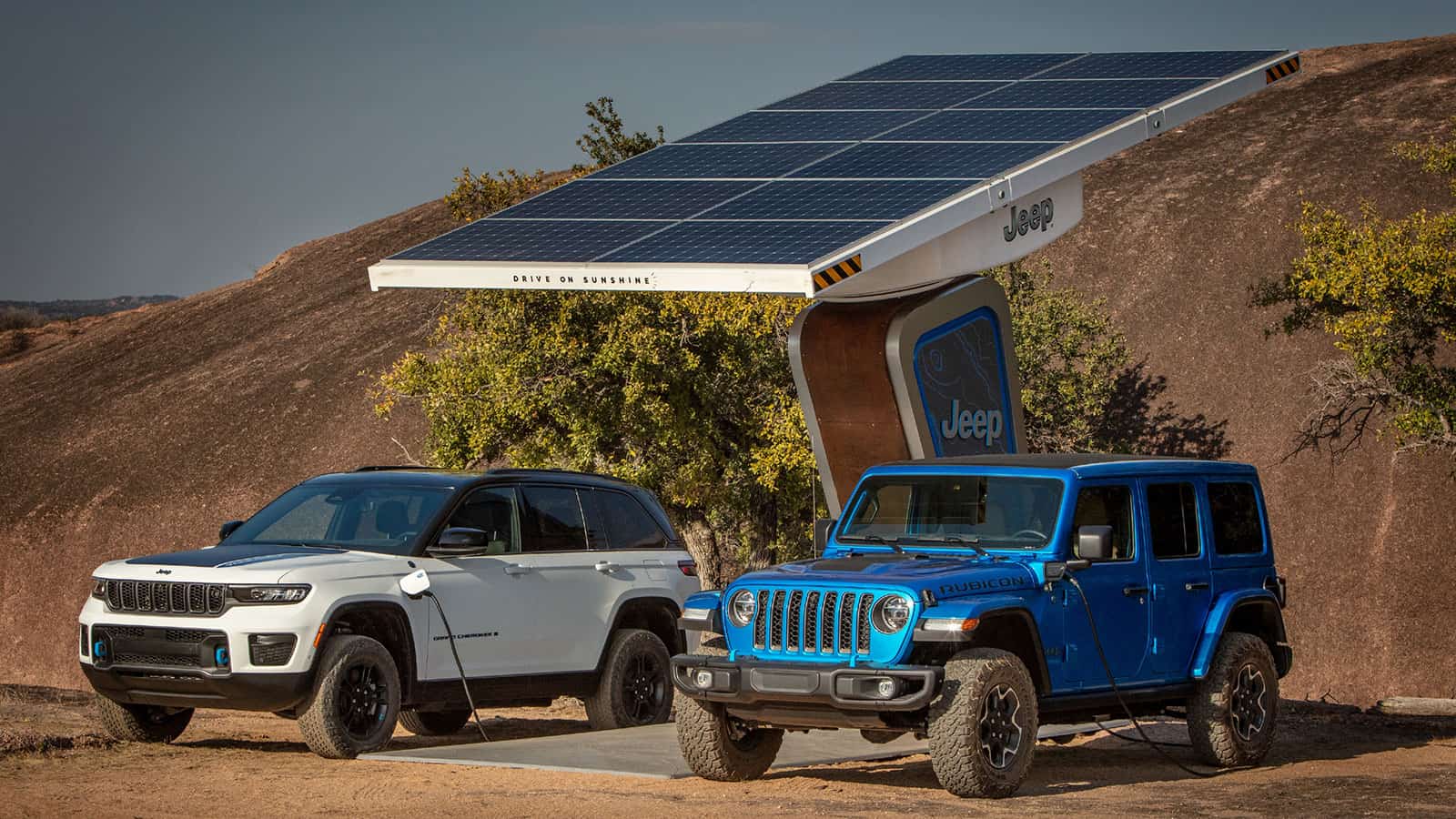
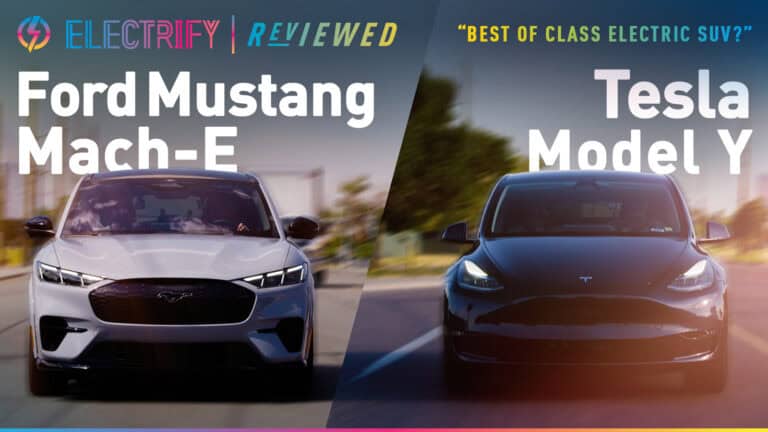






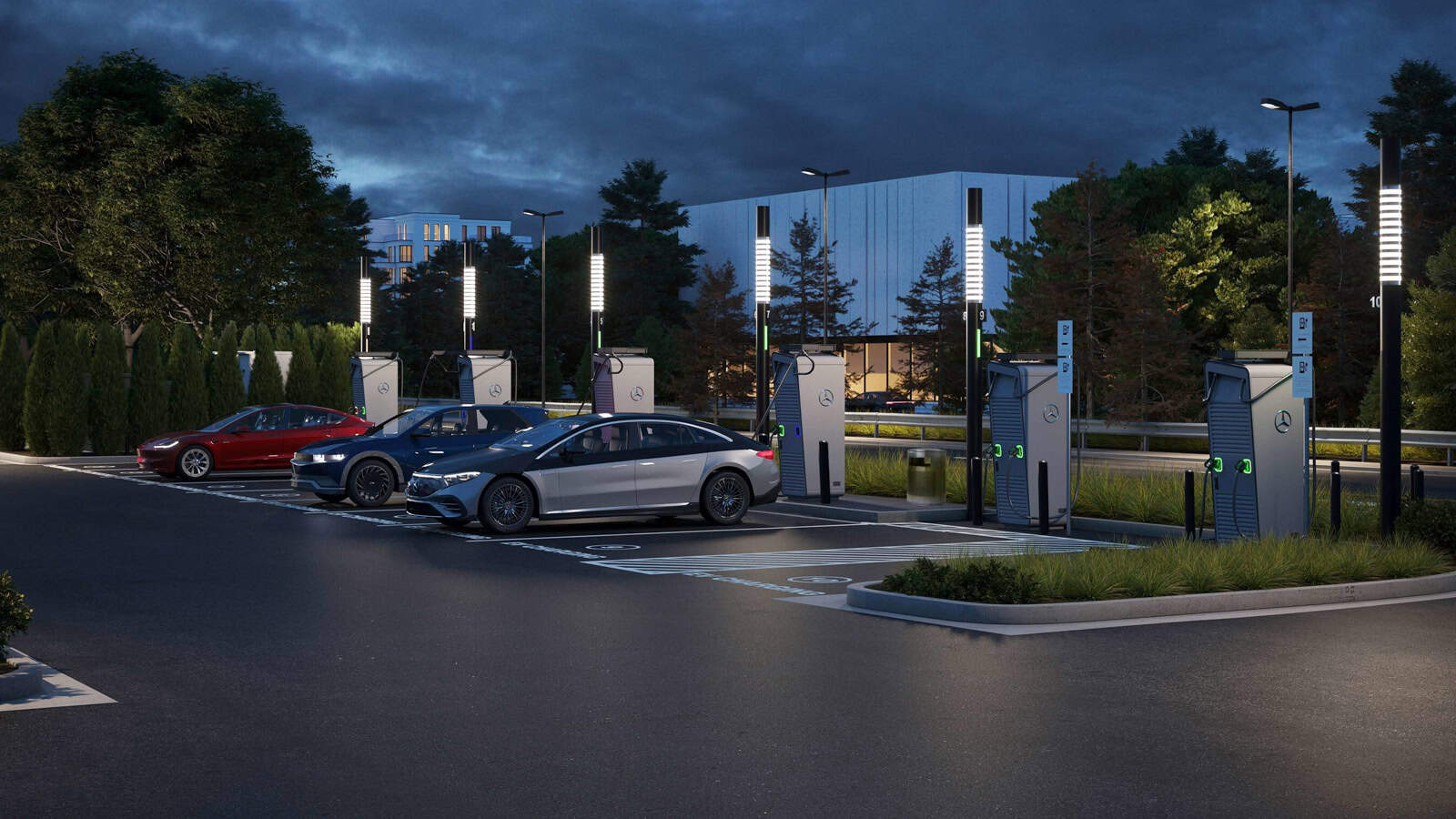
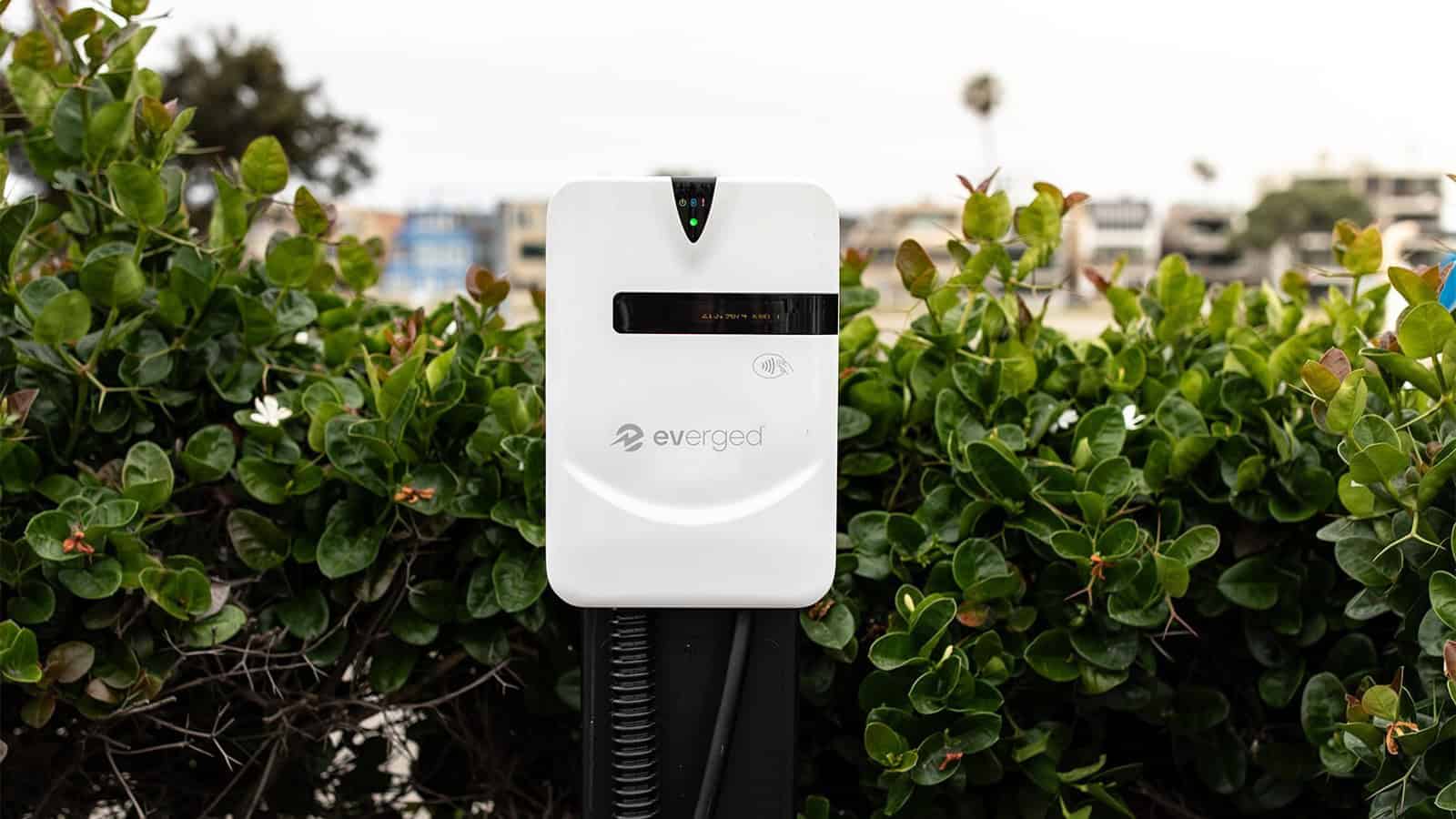
One Response